3 common child emergencies and how parents react correctly
Accidents happen! As emergency physicians and parents of twins, we, Dr. med. Lukas Dehé and Dr. med. Annalena Dehé, unfortunately every day. Usually a fraction of a second is enough and it has already happened. About 60 percent of accidents involving children happen in one's own home or in the home environment. Typical accidents are falls, swallowing, burns, scalds, poisoning or even critical emergencies such as drowning accidents.
Many parents feel helpless in emergency situations and are so shocked in these moments that they have to collect themselves first. At the same time, the injured child needs care. Parents want to calm him down and help him in the best possible way. We strongly believe that children in critical situations can be saved by the right and trained first action or a deterioration of the emergency can be averted. First aid is so important and not that difficult if you pay attention to a few things.
We have summarized 3 common children's emergencies and how parents can react correctly if the worst comes to the worst.
1. Swallowing
Swallowing - everyone knows this from their own experience as well as from film and television! In medical jargon, this is called foreign body aspiration. This means that a foreign body slips into the trachea, smaller objects even deeper and into the lung branches.
1.1 Frequency
It feels like this mainly affects middle-aged people, who are rescued by the so-called Heimlich maneuver in the event of sudden shortness of breath. However, this is not the most common case, because foreign body aspirations occur especially in children between the ages of 6 months and 5 years. From the age of 5 to 6 months, children put everything they can find in their mouths – the "oral phase" begins. This is because the sense of touch via the mouth is much better developed at this age than the sense of touch of the hands or even the sense of sight. So the little ones feel their surroundings with their mouths. In the process, something can quickly get into the trachea and trigger one of the typical coughing fits. By the way, the frequency peak with about 50% of all foreign body aspirations is in the 2nd and 3rd year of life.

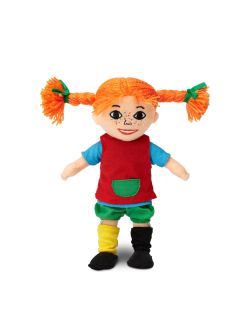

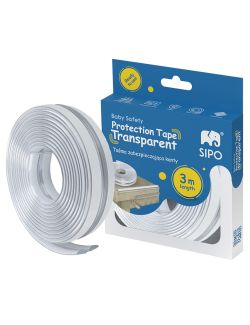
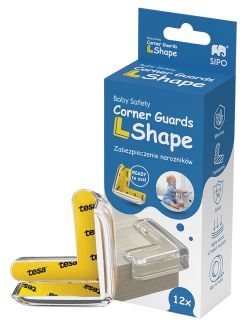







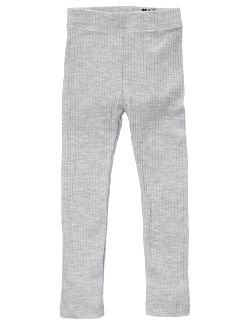


1.2 Typical foreign bodies
Typical foreign bodies are, for example, foods such as:
- Nuts
- Grapes
- Popcorn
- Carrot Pieces
Or even smaller toy parts such as:
- Pearls
- Mumble
- smaller wooden or plastic building blocks
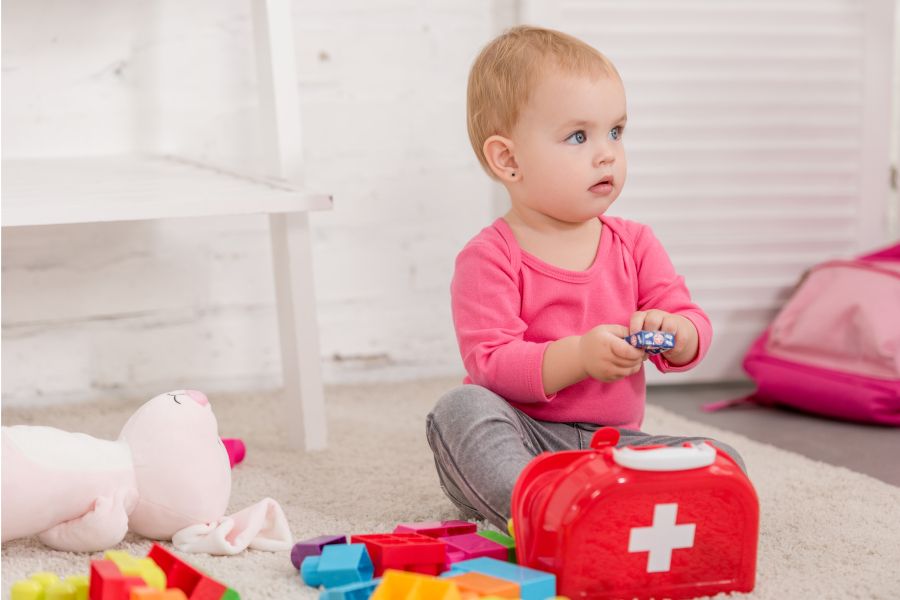
Sharp objects such as needles, screws and nails are also particularly dangerous, as they can cause injuries. The situation is similar with parts of foils or balloons, because they are very difficult to cough up.
1.3 What can you do as a parent?
Acute shortness of breath is often a very stressful event for children and parents and the emerging panic can further worsen the critical situation. Therefore, it is important to identify the cause quickly and act immediately.
The procedure differs depending on how severe the foreign body aspiration is. If your child only coughs a little and breathes, screams, cries or talks to you normally in between, there is probably no acute danger at first. This is called "effective coughing". Just take a quick look in your mouth and try to remove any visible foreign objects. But you should never feel for foreign objects in your throat that you can't see! If the cough is effective, you should wait until the foreign body is coughed up on its own. Nothing is as effective as coughing your own to remove the foreign body. Encourage your little one to continue coughing and monitor them continuously.
1.4 When does it become critical?
If the child's cough becomes ineffective, danger is imminent. You can recognize this by the fact that consciousness decreases, coughing becomes quieter, the child no longer takes a proper breath or you notice a blue discoloration of the skin. Then you must alert the emergency services immediately and act quickly: As long as the child is conscious, it is best to place it in a head-down position with its stomach on your forearm or lap and stabilize the head with your hand. Then hit the other flat hand on your back between your shoulder blades, dosed but vigorously. You should repeat this a maximum of five times. The aim is to remove the foreign body with a single push, instead of needing many of them. If the blows to the back do not remove the foreign body, you will need to perform up to five chest compressions in a head-down position for a baby under one year of age.
For children over one year of age, you should perform the Heimlich maneuver up to five times after the five blows to the back. You absolutely have to practice something like this regularly!
2. Burns
Every year in Germany alone, more than 30,000 children under the age of 15 with burns and scalds have to be treated by a doctor, and about 7,500 children are injured so badly that they have to be treated as inpatients.
As emergency doctors, we know that the most common burns or scalds happen at home. About 30% of it with hot liquid. In most cases, burns in the head and/or neck area occur when the offspring pulls hot drinks from the parents off the table with the tablecloth or accidentally knocks them out of their hand. One of the biggest sources of danger in the kitchen is not the oven, but the hanging cable from the kettle!
After burns, children are usually cooled in ice-cold water for too long a time (until the emergency services arrive, which means 25 minutes travel time in the countryside), often without having removed the clothes beforehand. On the one hand, this can result in severe hypothermia, which can be accompanied by circulatory restrictions and even long-term damage.
2.1 What can you do as a parent?
After burns or scalds, the child should be undressed immediately in the affected areas and cooled as quickly as possible with approx. 20°C (luke)cold water for 10-15 minutes. Burn wounds should not be pre-treated at home with creams or oils, but only covered with dry wound dressings (or e.g. clean cotton cloths).
Important: As soon as you discover a blister on the burned skin area or more than 5% of the body surface is affected, you should definitely call the emergency services. Here is a rule of thumb for the calculation: The palm of the hand, including the fingers, corresponds to about 1% of the body surface.
3. Head injury
The most common reason for inpatient treatment in children and adolescents under the age of 15 is a head injury after a fall. Since the head of infants and toddlers is relatively large and particularly heavy, the risk of head injuries and concussions increases. In addition, small children are not yet able to assess dangers and differences in altitude and fall or bump into each other more often as a result. In addition, the younger the affected child is, the harder it is to communicate with you.
If the child falls on his head from sitting or standing after a fall and then cries only briefly, behaves normally and only forms a small bump, you can stay at home for the time being and do not have to visit the pediatrician or an emergency room immediately. However, it is important that you now observe your little one well for the next 6-12 hours.
Basically, you should always observe a child intensively after a fall and pay attention to so-called "neurological" symptoms. This means, for example, slurred speech or shrill screaming and changes in behavior in smaller children (<1 years old) who cannot yet speak. Another symptom is vomiting within 24 hours of a fall or head impact. Also, there is a special difference between "it happens in the morning" and "it happens in the evening". In the evening, you should present your offspring in an emergency room to be on the safe side. Neurological changes can usually no longer be assessed by parents at home during sleep, as many children simply cannot be awakened after falling asleep.
One more important tip at the end:
It sounds crazy, but in fact, as emergency doctors, we often find ourselves in situations where parents don't provide first aid at all. The reason for this is always the worry of doing something wrong.
However, it is important that parents deal with the topic of first aid, refresh and repeat this knowledge again and again. Basically, knowledge can only be retrieved from memory in stressful situations if we have internalized and practiced it many times. As parents, but also as emergency doctors, we recommend that all (expectant) parents sign up for a first aid course with practical exercises - such as via our website 12minutes.
Your gut feeling is important. Many parents do a lot right and one thing we as emergency doctors can always rely on is the parents' gut feeling. Finally, our tip: Prepare yourself for emergencies and listen to your gut feeling. Parents may not be specialists in emergencies, but they are definitely the ones for their children!
Dr. med. Annalena Dehé & Dr. med. Lukas Dehé
Emergency Physician, Parent of Twins and Founder of 12minutes


Post a Comment for "3 common child emergencies and how parents react correctly"